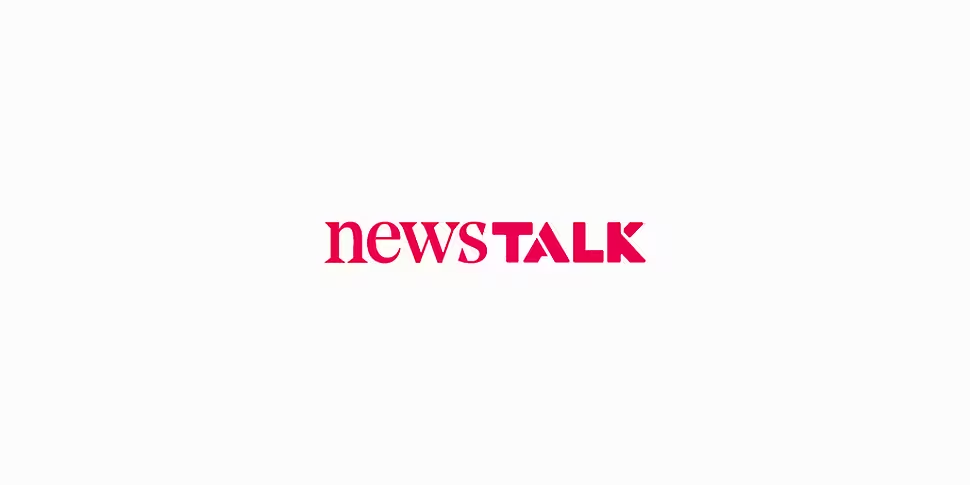A new report from the Economic and Social Research Institute (ESRI) says strong growth is likely to persist in the Irish economy through 2019.
The think-tank says this is indicated by underlying trends in tax receipts and overall consumer and producer sentiment.
The ESRI’s latest Quarterly Economic Commentary says that GDP is expected to grow by 4.7% in 2018, followed by 3.9% in 2019.
But current forecasts make the "technical assumption" that a European Economic Agreement (EEA) will be established between the UK and the EU.
While unemployment is expected to decline to 5.6% in 2018 and 5.0% in 2019.
The report says given the Government's commitment to the National Development Plan in the medium-term, there is "little or no scope" for cutting the overall tax burden which would stimulate the economy further.
It also focuses on the recent productivity estimates produced by the CSO.
This data distinguishes between sectors dominated by foreign-owned multinational and domestic enterprises.
Domestic and external factors
It says: "The likely strong performance of the Irish economy in 2018 is due to both domestic and external factors.
"Consumption and investment, which have both been significant determinants of Irish growth over the past few years will continue to increase, while the improvement in global economic conditions, observed over the past year, will result in increased demand for domestically produced goods and services."
It adds: "Apart from the 2011 figure, the series suggests a credible rate of productivity growth for the Irish economy; in the initial years of the Celtic Tiger, productivity rates are quite significant, while the growth rates decline towards the 2007/2008 period.
"In the initial phases of the present recovery, productivity rates are quite pronounced, as the economy recovers sharply.
"The heightened productivity growth rate for 2011 may be a temporal issue due to the sudden and significant increase in unemployment in the Irish labour market at that time."
Source: ESRI
Exports increased year-on-year by €1.4bn (4.3%).
Some 30% of total Irish goods exports went to the US in Q1 of 2018.
Belgium’s 13.8% share of Irish exports, driven primarily by organic chemical products, has overtaken the UK’s share which fell to 11.4%.
Enterprise Ireland has highlighted Belgium’s status as a hub for the processing of intermediate goods, which are likely behind this increased share.
The UK remains Ireland’s primary source of imports, representing almost a quarter of total goods imports between January and March.
In terms of flows, imports of goods from the UK rose by 8%, likely fuelled by the recent weakness of the pound sterling.
Source: ESRI
As the decline in the level of credit to households appears to have ended, the share of mortgages in arrears also continues to fall.
The ESRI says the improvement in the labour market as well as increasing house prices are both factors in determining a lower arrears rate.
As of Q4 2017, the share of loans in arrears stood at 6.6%, down marginally on the previous quarter and down from 7.4% year-on-year.
"This constitutes a total of 9.8% of the balance of outstanding private dwelling home (PDH) mortgages.
"The default rate on buy-to-let (BTL) loans has also reduced but remains high."
But it says a challenge remains in dealing with "the relatively high share of loans in very deep arrears."
"In general for the Irish financial sector, dealing with long term arrears cases, especially those where no borrower engagement has been forthcoming, remains a significant challenge. "
Read the full report here











